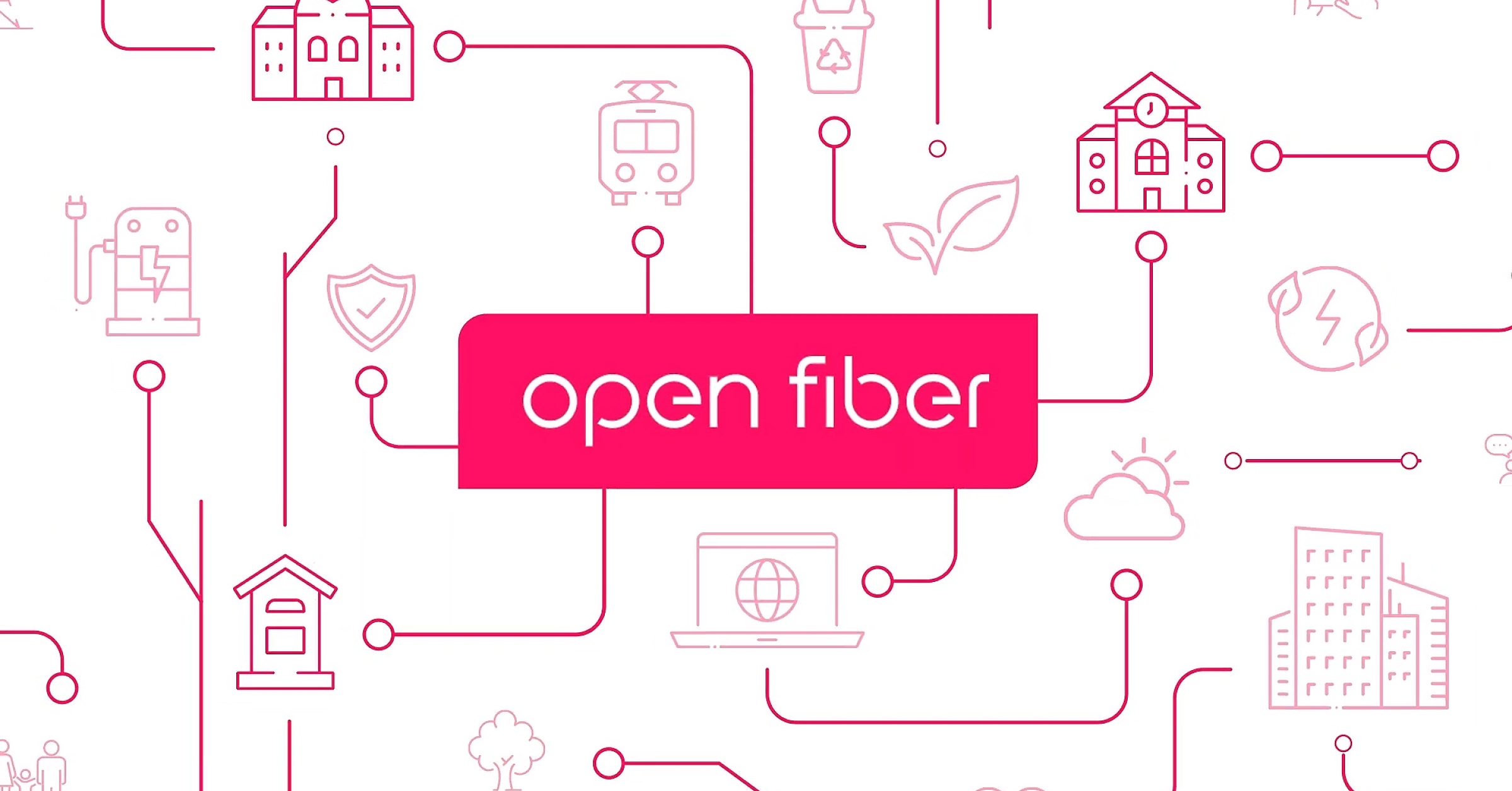Digital literacy goes beyond mere technological prowess; it is a powerful tool for empowerment. This article explores how the expansion of the fibre-optic networks is helping to reduce social inequalities, foster inclusion, and create new opportunities for communities.
Today, digital literacy is a transformative force, capable of giving voice and opportunities to those who have too long been on the margins. The expansion of fibre-optic infrastructures brings the promise of a more connected and inclusive future, where every individual, regardless of their social or geographic background, can access digital resources and build a path to growth and fulfilment.
Digital divide: an obstacle to social inclusion
In this context, the digital divide represents one of the most significant obstacles to social inclusion, separating those who have access to digital technologies from those who are excluded. This imbalance is not only about physical access to technological tools but also about the ability to use them effectively.
The inequalities emerge particularly sharply between urban and rural areas, where technological infrastructure is often lacking, and among different segments of the population, especially the elderly and those on low incomes. In addition to these structural barriers, there are cultural challenges, such as a lack of digital skills or a sense of inadequacy in the face of new technologies.
Bridging this gap means dismantling the invisible walls that prevent so many from fully participating in economic and social life, fostering a more equitable and inclusive society.
The role of fibre optics: universal access and reducing inequalities
The widespread adoption of fibre optics is playing a crucial role in improving access to ultra-fast internet, especially in less advantaged areas.
The expansion of the network helps overcome geographical limitations, offering everyone, regardless of location, access to high-quality digital resources. An ultra-fast and reliable connection thus becomes an enabling factor for digital literacy, promoting active participation in contemporary society and narrowing the gap between urban centres and periphery, between towns and cities, and between urban and rural contexts.
Digital empowerment: new opportunities for social and professional inclusion
Digital empowerment is opening up new avenues for social and professional inclusion, providing individuals and communities with concrete tools to tackle the challenges of the future. Digital literacy, in fact, enables access to innovative learning pathways and allows people to enter an increasingly technology-driven labour market. There are numerous success stories of people who, thanks to high-speed internet, have improved their lives: students in remote areas who can now take online classes, workers who have found new opportunities through remote working, or patients who receive healthcare via telemedicine without having to travel long distances.
Open Fiber: building an equitable future through digital connectivity
Digital connectivity is no longer just a question of access to technology; it has become a fundamental right to guarantee equal opportunities for all citizens.
Open Fiber aims to build a fairer and more inclusive future by bringing the fibre-optic networks to even the most hard-to-reach areas of the country. The company is committed to creating a society where every person, no matter where they live, can benefit from an ultra-fast and stable connection, thus accessing educational resources, public services, job opportunities and innovations that improve quality of life.
With the expansion of fibre optics, we are helping to close the digital divide, promoting broader and more democratic participation in the digital society. Check if your address is already covered by our fibre optics network.










